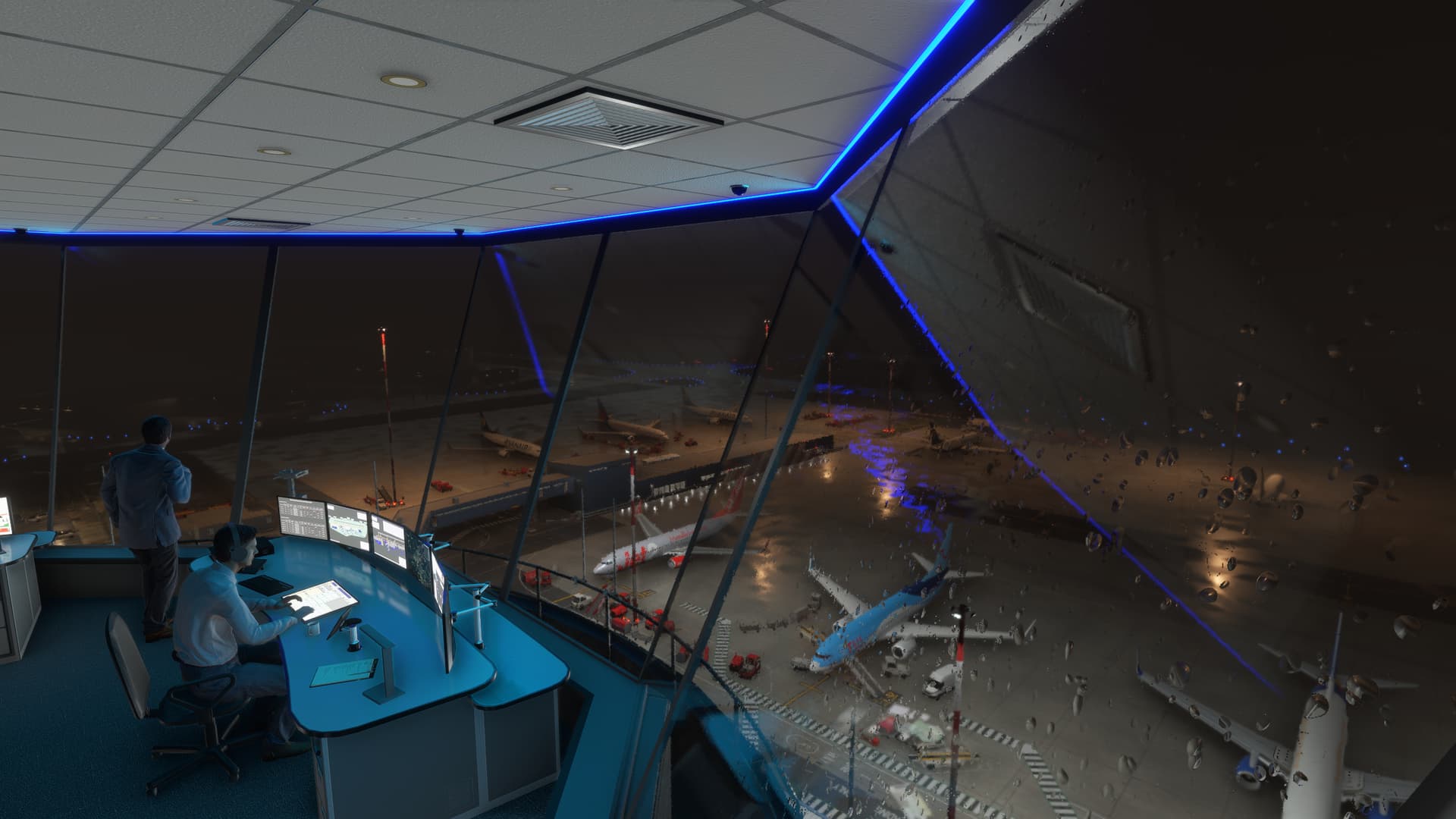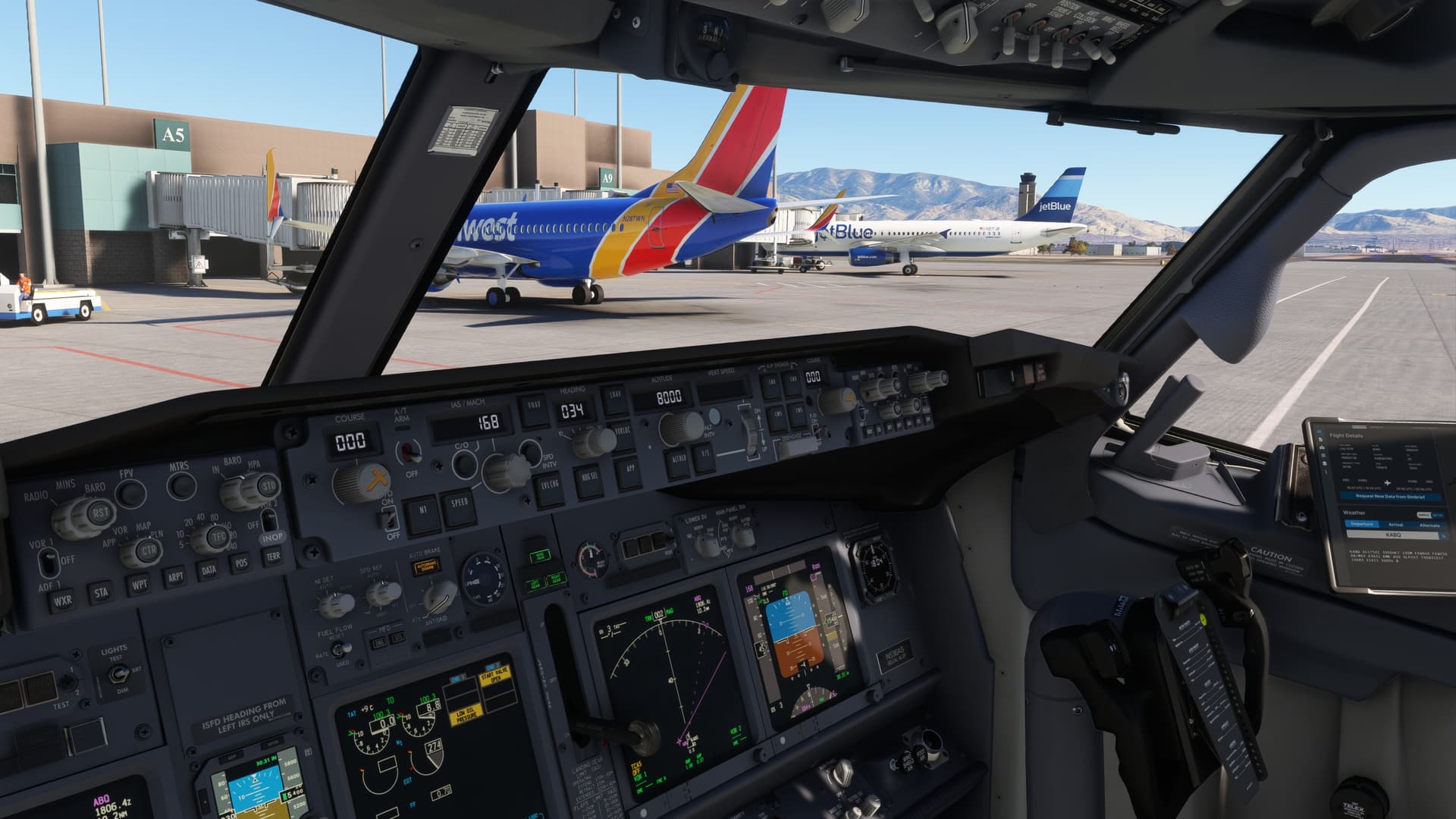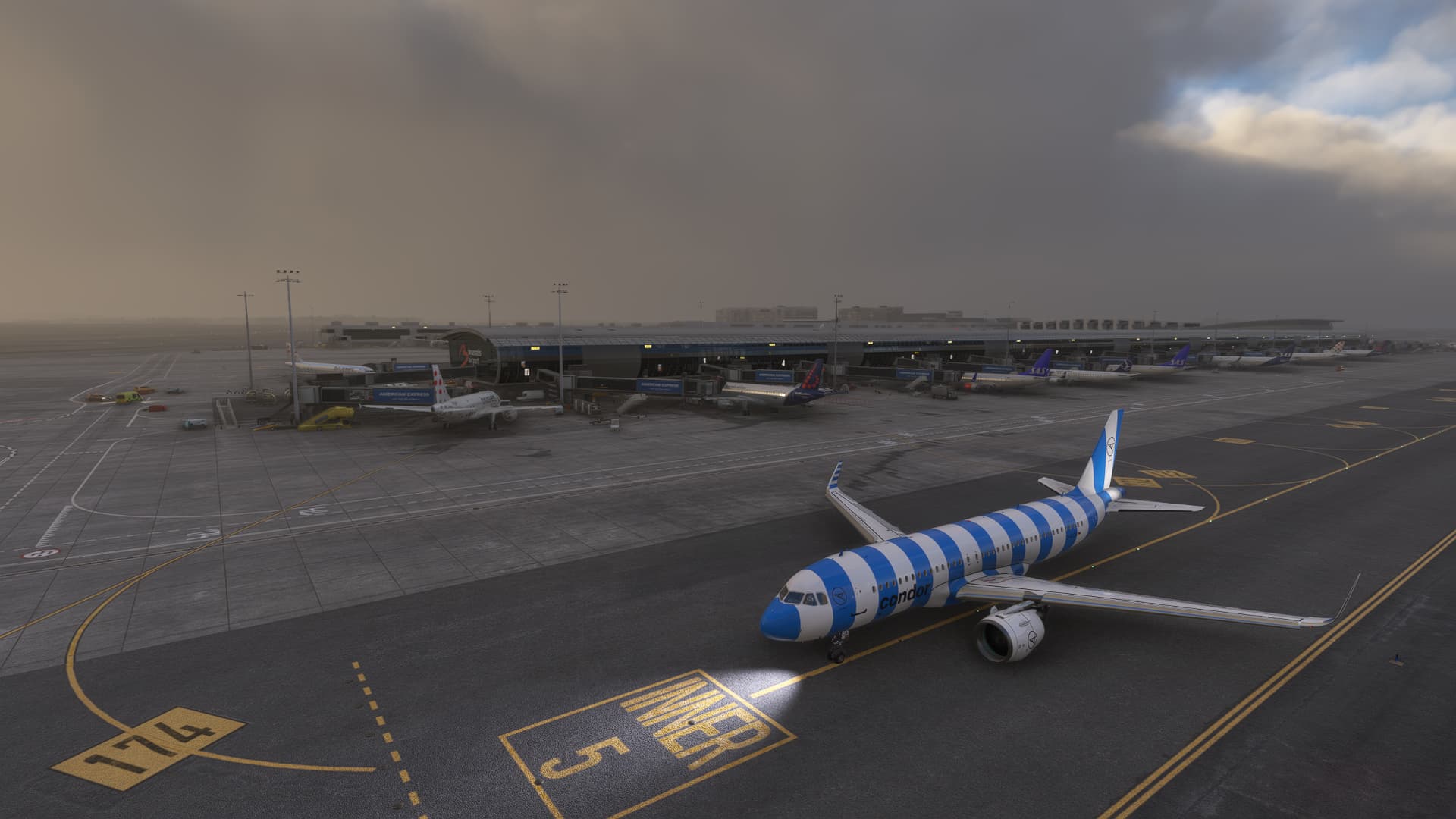When I first discovered online flight simulation networks, my sim experience changed forever. Suddenly, I wasn’t flying through a sterile, empty world anymore — I was sharing the sky with hundreds of other pilots and live air traffic controllers. I was listening to real phraseology, following real clearances, waiting in virtual holds, and dealing with real (simulated) traffic flow restrictions.

Two networks dominate this space: VATSIM (Virtual Air Traffic Simulation Network) and IVAO (International Virtual Aviation Organization). Both are free, global, and volunteer-run. Both simulate the entire air traffic control system in real time. And both are fantastic training grounds — not just for simmers, but for real-world pilots like me who want to keep their mental edge sharp.

But they’re not the same. In this deep dive, I’ll explore the differences, the strengths, and the weaknesses of each network. I’ll talk about the pilot clients, the community culture, the events, and — most importantly — how to get started if you’re a newcomer.
The Magic of Flying Online
Before we compare networks, let’s appreciate what these communities accomplish. Every time you connect, you’re entering a massive, shared multiplayer world where someone is acting as ground control at JFK, another person is working Chicago Center, and hundreds of pilots are moving between them — filing flight plans, talking on the radio, following procedures.
From a real-world perspective, it’s astonishing. These networks replicate the communication, timing, and flow management I deal with every day at work. It’s one thing to load up a simulator and fly a programmed route; it’s another thing entirely to be sequenced for approach with five other jets on final, asked to reduce speed, cleared to land, then handed off to a live ground controller.
This is why I recommend online networks to student pilots and new airline pilots: they force you to think like a professional, stay ahead of the airplane, and develop real-world communication skills.

ATC Realism and Coverage
VATSIM
VATSIM has long been considered the “serious simmer’s network,” and much of that comes from its ATC quality. Controllers undergo rigorous training before they can work even a small airfield. Phraseology is polished, and in many regions it mirrors real-world operations almost perfectly.
The introduction of Audio for VATSIM (AFV) was a turning point. This upgrade brought realistic radio range, signal degradation, and stepped-on transmissions to the network. You no longer hear every pilot in the world loud and clear — only those within realistic VHF range. When someone is transmitting from 200 miles away, you might hear just enough to catch the callsign, exactly like in real life.
Coverage is best in North America and Europe, where you can often find fully staffed regions in the evenings and during events. Major events like Cross the Pond bring near-realistic levels of traffic and coordination, with hundreds of pilots crossing the Atlantic simultaneously under organized flow control.
IVAO
IVAO has improved dramatically in recent years. Its controllers also follow a training program, and many divisions now use strictly ICAO phraseology, which is ideal for those flying in Europe, Asia, or other ICAO-based regions.
Coverage tends to be more localized — for example, IVAO Spain, IVAO France, and IVAO Brazil are extremely active. This is excellent for those who enjoy domestic flying in those regions. However, IVAO can feel quieter on long-haul international flights outside of event times.
When coverage is there, it’s excellent. IVAO also simulates oceanic procedures, position reports, and separation requirements when the North Atlantic is staffed.

Pilot Clients – The Tools You’ll Use
VATSIM: vPilot and xPilot
VATSIM’s most common pilot client is vPilot for Microsoft Flight Simulator, and xPilot for X-Plane. These clients are intentionally minimalistic. You connect, enter your callsign and aircraft type, set up model matching (so you see other pilots in the right liveries), and go.
I love vPilot’s simplicity. It doesn’t clutter my screen or interrupt my flow. The text and audio handling is rock-solid, and AFV integration is seamless. But it does assume that you’ve already planned your flight elsewhere — you’ll need SimBrief, ForeFlight, or some other planner.
IVAO: Altitude
IVAO’s Altitude client is a more fully integrated solution. It includes a flight planning form, METAR/TAF access, and even an interface for CPDLC-like text exchanges. For new pilots, this all-in-one approach is helpful — you don’t have to juggle multiple programs to get off the ground.
Altitude also makes model matching easier with its built-in MTL (Multiplayer Traffic Library). You install the MTL package once, and you can see every aircraft on the network in its correct livery.
The downside is that Altitude is a little heavier on system resources, and it can feel intrusive if you’re used to vPilot’s “invisible” approach. But for structured flying and training, it’s excellent.

Events and Traffic Flow
VATSIM is famous for large-scale events. Cross the Pond, FNO (Friday Night Ops), and regional staffing nights can generate near real-world traffic levels, complete with departure delays, holds, and ground congestion. It can be chaotic, but it’s a beautiful chaos — a taste of what a major hub feels like on a busy evening.
IVAO focuses more on regular, recurring events. Many divisions have weekly “city pair” flights, airbridge events, and training nights. This is perfect for building routine — you know that every Wednesday evening, your favorite airfield will be fully staffed and buzzing.
Training and Skill Development
This is where IVAO has a clear differentiator: its Pilot Rating System. New pilots can progress through a structured syllabus — first solo, VFR, IFR, advanced ratings — with practical exams conducted by instructors. This gamified approach helps build confidence step by step.
VATSIM doesn’t have a formal pilot rating system (though some regions have optional pilot training programs). Instead, it relies on external resources like the Pilot Resource Center and community tutorials.
From a real-world perspective, either network will teach you valuable skills:
- Radio phraseology
- ATC expectation management
- Situational awareness
- Time management in busy airspace
- Understanding SID/STAR flows
I have personally used both networks to practice holding entries, complex arrival procedures, and nonstandard clearances before recurrent training in the airline simulator. It’s as close to the real thing as you can get from a home cockpit.
Elevate your virtual aviation lifestyle with Flight Simulator Blog Merch — premium apparel and accessories inspired by the virtual skies.
Community and Culture
VATSIM’s culture is professional and somewhat self-policing. Pilots are expected to know the basics before connecting. The community rewards good airmanship — proper readbacks, realistic flight plans, and adherence to procedures.
IVAO is more community-driven. Each country has a division with staff, training resources, and social events. This division structure creates a sense of belonging. You get to know the controllers by name, and you’ll often see the same pilots week after week.
Both networks are welcoming to newcomers, but IVAO’s structured training environment arguably makes it more beginner-friendly.
Downsides and Growing Pains
Both networks have limitations:
- VATSIM: Can be intimidating for new pilots. Coverage can drop outside peak hours.
- IVAO: Coverage outside of division events can feel sparse. The software can feel heavy compared to vPilot.
And yes, both networks have their share of “rogue pilots” who taxi through you, depart without clearance, or fly unrealistic routes. But then again, I’ve seen pilot deviations in the real sky too — it happens.

How to Get Started – Step by Step
Here’s my advice to brand-new sim pilots who want to take the plunge:
Starting on VATSIM
- Create an account: Go to vatsim.net and register.
- Read the Pilot Resource Center: Spend an hour learning the basics of phraseology and network etiquette.
- Install the client: Download vPilot (or xPilot if using X-Plane) and set up your microphone and push-to-talk key.
- Model matching: Follow the guide to set up your model-matching rules so you see other pilots in the correct liveries.
- Plan a simple flight: Use SimBrief to create a short VFR or IFR flight — something under an hour.
- Start at a smaller airport: Don’t jump straight into JFK or Heathrow. Find a regional field with a single controller online.
- Listen before talking: Tune the frequency, listen to how others check in, and mimic their style when it’s your turn.
- Be patient: If you make a mistake, don’t panic. Controllers are used to helping new pilots.
Starting on IVAO
- Create an account: Visit ivao.aero and register with your preferred division.
- Install Altitude and MTL: Follow the step-by-step installer to connect your sim and download the traffic library.
- File a flight plan through Altitude: The client will guide you through it.
- Try a training flight: Many divisions offer “newbie nights” where controllers will walk you through your first clearance.
- Take advantage of ratings: Complete the VFR and IFR ratings to build your confidence and get comfortable on the radio.
- Join a division Discord/Teamspeak: Community voice servers are where you’ll get mentorship and meet fellow pilots.

Practical Tips for Both Networks
- Use a good quality microphone — clear transmissions help everyone.
- Always listen first, then transmit.
- Don’t be afraid to say “unable” or ask for “say again” — just like real aviation.
- If things go wrong, use text chat to explain — controllers are there to help.
- Treat every flight seriously — brief, plan, and stay ahead of the airplane.
Final Thoughts
After years on both networks, I’ve stopped thinking of them as competitors. They are two different flavors of the same amazing hobby. VATSIM is the high-intensity airline operation — busy frequencies, major events, real-world realism. IVAO is the friendly flying club — structured training, frequent smaller events, a strong sense of mentorship.
As a real-world pilot, I can say this: if you fly regularly on either network, you are already thinking like a professional aviator. You’re making decisions under pressure, managing time, communicating clearly, and staying situationally aware. These are the same skills that make or break real-world flying.
So, pick a network, file a flight plan, and take off. The first time you’re sequenced onto a busy final with three other aircraft, you’ll feel your heart rate rise — and you’ll understand why so many of us keep coming back.















